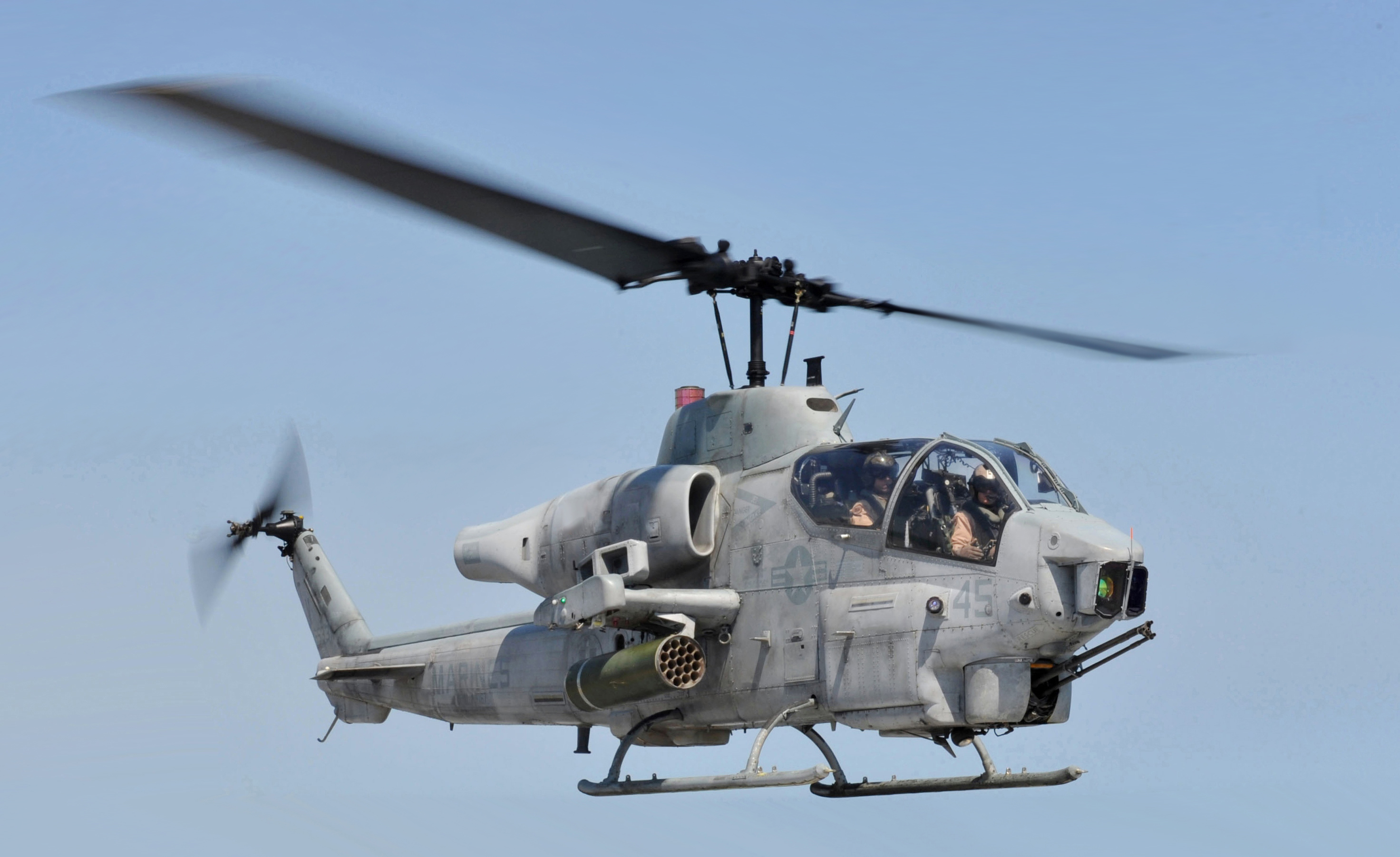|
SH-60J
The Mitsubishi H-60 series is twin-turboshaft engine helicopter based on the Sikorsky S-70 helicopter family for use by the Japan Self-Defense Forces (JSDF). The SH-60J/K/L are anti-submarine patrol versions for the Japan Maritime Self-Defense Force (JMSDF).Mitsubishi SH-60J . Mitsubishi Heavy Industries, Ltd. Retrieved: 10 December 2008 The UH-60J is a version for the (JASDF) and JMSDF. The UH-60JA is a utility version for the |
Sikorsky SH-60 Seahawk
The Sikorsky SH-60/MH-60 Seahawk (or Sea Hawk) is a twin turboshaft engine, multi-mission United States Navy helicopter based on the United States Army UH-60 Black Hawk and a member of the Sikorsky S-70 family. The most significant modifications are the folding main rotor and a hinged tail to reduce its footprint aboard ships. The U.S. Navy uses the H-60 airframe under the model designations SH-60B, SH-60F, HH-60H, MH-60R, and MH-60S. Able to deploy aboard any air-capable frigate, destroyer, cruiser, fast combat support ship, expeditionary transfer dock, amphibious assault ship, littoral combat ship or aircraft carrier, the Seahawk can handle anti-submarine warfare (ASW), anti-surface warfare (ASUW), naval special warfare (NSW) insertion, search and rescue (SAR), combat search and rescue (CSAR), vertical replenishment (VERTREP), and medical evacuation (MEDEVAC). Design and development Origins During the 1970s, the U.S. Navy began looking for a new helicopter to replace the K ... [...More Info...] [...Related Items...] OR: [Wikipedia] [Google] [Baidu] |
Japan Maritime Self-Defense Force
, abbreviated , also simply known as the Japanese Navy, is the maritime warfare branch of the Japan Self-Defense Forces, tasked with the naval defense of Japan. The JMSDF was formed following the dissolution of the Imperial Japanese Navy (IJN) after World War II. The JMSDF has a fleet of 154 ships, 346 aircraft and 50,800 personnel. History Origin Following Japan's defeat in World War II, the Imperial Japanese Navy was dissolved by the Potsdam Declaration acceptance. Ships were disarmed, and some of them, such as the battleship , were taken by the Allied Powers as reparation. The remaining ships were used for repatriation of the Japanese soldiers from abroad and also for minesweeping in the area around Japan, initially under the control of the ''Second Bureau of the Demobilization Ministry''. The minesweeping fleet was eventually transferred to the newly formed Maritime Safety Agency, which helped maintain the resources and expertise of the navy. Japan's 1947 Constitution w ... [...More Info...] [...Related Items...] OR: [Wikipedia] [Google] [Baidu] |
UH-60 Black Hawk
The Sikorsky UH-60 Black Hawk is a four-blade, twin-engine, medium-lift utility military helicopter manufactured by Sikorsky Aircraft. Sikorsky submitted the S-70 design for the United States Army's Utility Tactical Transport Aircraft System (UTTAS) competition in 1972. The Army designated the prototype as the ''YUH-60A'' and selected the Black Hawk as the winner of the program in 1976, after a fly-off competition with the Boeing Vertol YUH-61. Named after the Native American war leader Black Hawk, the UH-60A entered service with the U.S. Army in 1979, to replace the Bell UH-1 Iroquois as the Army's tactical transport helicopter. This was followed by the fielding of electronic warfare and special operations variants of the Black Hawk. Improved UH-60L and UH-60M utility variants have also been developed. Modified versions have also been developed for the U.S. Navy, Air Force, and Coast Guard. In addition to U.S. Army use, the UH-60 family has been exported to several nations. ... [...More Info...] [...Related Items...] OR: [Wikipedia] [Google] [Baidu] |
Sikorsky UH-60 Black Hawk
The Sikorsky UH-60 Black Hawk is a four-blade, twin-engine, medium-lift Utility helicopter, utility military helicopter manufactured by Sikorsky Aircraft. Sikorsky submitted the S-70 design for the United States Army's Utility Tactical Transport Aircraft System (UTTAS) competition in 1972. The Army designated the prototype as the ''YUH-60A'' and selected the Black Hawk as the winner of the program in 1976, after a fly-off competition with the Boeing Vertol YUH-61. Named after the Native American war leader Black Hawk (Sauk leader), Black Hawk, the UH-60A entered service with the U.S. Army in 1979, to replace the Bell UH-1 Iroquois as the Army's tactical transport helicopter. This was followed by the fielding of electronic warfare and special operations variants of the Black Hawk. Improved UH-60L and UH-60M utility variants have also been developed. Modified versions have also been developed for the United States Navy, U.S. Navy, United States Air Force, Air Force, and United St ... [...More Info...] [...Related Items...] OR: [Wikipedia] [Google] [Baidu] |
WikiProject Aircraft
A WikiProject, or Wikiproject, is a Wikimedia movement affinity group for contributors with shared goals. WikiProjects are prevalent within the largest wiki, Wikipedia, and exist to varying degrees within sister projects such as Wiktionary, Wikiquote, Wikidata, and Wikisource. They also exist in different languages, and translation of articles is a form of their collaboration. During the COVID-19 pandemic, CBS News noted the role of Wikipedia's WikiProject Medicine in maintaining the accuracy of articles related to the disease. Another WikiProject that has drawn attention is WikiProject Women Scientists, which was profiled by '' Smithsonian'' for its efforts to improve coverage of women scientists which the profile noted had "helped increase the number of female scientists on Wikipedia from around 1,600 to over 5,000". On Wikipedia Some Wikipedia WikiProjects are substantial enough to engage in cooperative activities with outside organizations relevant to the field at issue. For e ... [...More Info...] [...Related Items...] OR: [Wikipedia] [Google] [Baidu] |
General Electric T700
The General Electric T700 and CT7 are a family of turboshaft and turboprop engines in the class. Design and development In 1967, General Electric began work on a new turboshaft engine demonstrator designated the "GE12" in response to US Army interest in a next-generation utility helicopter. The GE12 was designed and conceived by GE's Art Adamson and Art Adinolfi. In 1967, both GE and Pratt & Whitney were awarded contracts to work parallel with each other to design, fabricate, and test the technology. The Army effort led, in the 1970s, to development of the Sikorsky S-70 Black Hawk, powered by twin GE "T700" turboshafts, the production descendant of the GE12. The T700 was initially bench-tested in 1973, passed military qualification in 1976, and went into production in 1978. The initial "T700-GE-700" is an ungeared free-turbine turboshaft, with a five-stage axial / one-stage centrifugal mixed-flow compressor, featuring one-piece "blisk" axial stages, with the inlet guide vanes a ... [...More Info...] [...Related Items...] OR: [Wikipedia] [Google] [Baidu] |
IHI Corporation
, formerly known as , is a Japanese engineering corporation headquartered in Tokyo, Japan that produces and offers ships, space launch vehicles, aircraft engines, marine diesel engines, gas turbines, gas engines, railway systems, turbochargers for automobiles, plant engineering, industrial machinery, power station boilers and other facilities, suspension bridges and other structures. IHI is listed on the Tokyo Stock Exchange Section 1. History * 1853 – establishment of Ishikawajima Shipyard in the Chuo district of Tokyo. * 1854 - 1856: construction of the Japanese warship Asahi Maru at Ishikawajima shipyard. * 1889 – incorporation of Ishikawajima Shipyard as Ishikawajima Shipbuilding & Engineering Co., Ltd. * 1907 – establishment of Harima Dock Co., Ltd. * 1929 – spinoff of Harima's automobile section as Ishikawajima Automotive Works (later Isuzu through a series of mergers) * 1960 – establishment of Ishikawajima-Harima Heavy Industries Co., Ltd. through a merger o ... [...More Info...] [...Related Items...] OR: [Wikipedia] [Google] [Baidu] |
Tactical Coordinator
A Tactical Coordinator (Tacco, pronounced 'TACK-oh') is the aircrew member responsible for coordinating the activities of the part of the crew responsible for the tactical operation of the aircraft and its systems. The TACCO may, depending on the country, be the Mission Commander of the crew. Typically, TACCOs run the missions in Sikorsky CH-124 Sea King helicopters, Sikorsky CH-148 Cyclone helicopters, Lockheed P-3 Orion and Boeing P-8 Poseidon patrol aircraft and Lockheed S-3 Viking aircraft. They are specially trained for antisubmarine warfare Anti-submarine warfare (ASW, or in older form A/S) is a branch of underwater warfare that uses surface warships, aircraft, submarines, or other platforms, to find, track, and deter, damage, or destroy enemy submarines. Such operations are ty ... tactics, but also participate in other missions in which these aircraft are involved. TACCOs not only operate anti submarine warfare abilities but may also assist in controlling major ... [...More Info...] [...Related Items...] OR: [Wikipedia] [Google] [Baidu] |
Minister Of Defense (Japan)
The , or , is a member of the Japanese cabinet and is the leader of the Japanese Ministry of Defense, the executive department of the Japanese Armed Forces. The minister of defense’s position of command and authority over the military is second only to that of the Prime Minister of Japan, who is the commander-in-chief. The minister of defense is appointed by the Prime Minister and is a member of the National Security Council. The current Minister of Defense is Yasukazu Hamada, who took office on August 10, 2022. History On 26 December 2007, the Government of Japan made the decision to reform its Defense Agency to the Ministry of Defense in the expectation to have a far-reaching effect on Japan's future military development. The defense policy that has been pursued by Japan is based on the "Basic Policy for National Defense", which was adopted by the Cabinet in May 1957. Japan's main goal of national defense is the prevention of indirect as well as direct aggression from out ... [...More Info...] [...Related Items...] OR: [Wikipedia] [Google] [Baidu] |
SH-60K
{{Letter-Number Combination Disambiguation ...
SH6 may refer to: * State Highway 6 (New Zealand) * Texas State Highway 6 * Minnesota State Highway 6 See also * List of highways numbered 6 Route 6, or Highway 6, may refer to routes in the following countries: International * Asian Highway 6 * European route E6 * European route E006 Albania * National Road SH6 Argentina * Buenos Aires Provincial Route 6 Australia New ... [...More Info...] [...Related Items...] OR: [Wikipedia] [Google] [Baidu] |
Sikorsky SH-3 Sea King
The Sikorsky SH-3 Sea King (company designation S-61) is an American twin-engined anti-submarine warfare (ASW) helicopter designed and built by Sikorsky Aircraft. A landmark design, it was one of the first ASW rotorcraft to use turboshaft engines. The Sea King has its origins in efforts by the United States Navy to counter the growing threat of Soviet submarines during the 1950s. Accordingly, the helicopter was specifically developed to deliver a capable ASW platform; in particular, it combined the roles of ''hunter'' and ''killer'', which had previously been carried out by two separate helicopters. The Sea King was initially designated ''HSS-2'', which was intended to imply a level of commonality to the earlier ''HSS-1''; it was subsequently redesignated as the ''SH-3A'' during the early 1960s. Introduced to service in 1961, it was operated by the United States Navy as a key ASW and utility asset for several decades prior to being replaced by the non-amphibious Sikorsky SH- ... [...More Info...] [...Related Items...] OR: [Wikipedia] [Google] [Baidu] |
Helicopter Rotor
A helicopter main rotor or rotor system is the combination of several rotary wings (rotor blades) with a control system, that generates the aerodynamic lift force that supports the weight of the helicopter, and the thrust that counteracts aerodynamic drag in forward flight. Each main rotor is mounted on a vertical mast over the top of the helicopter, as opposed to a helicopter tail rotor, which connects through a combination of drive shaft(s) and gearboxes along the tail boom. The blade pitch is typically controlled by the pilot using the helicopter flight controls. Helicopters are one example of rotary-wing aircraft (rotorcraft). The name is derived from the Greek words ''helix'', helik-, meaning spiral; and ''pteron'' meaning wing. Design principles Overview The helicopter rotor is powered by the engine, through the transmission, to the rotating mast. The mast is a cylindrical metal shaft that extends upward from—and is driven by—the transmission. At the top of the mast i ... [...More Info...] [...Related Items...] OR: [Wikipedia] [Google] [Baidu] |




